
The Ultimate Guide to Choosing the Right Hydraulic Cylinder for Your Excavator Needs
When it comes to optimizing the performance of your excavator, understanding how to choose the right hydraulic cylinder for excavator applications is essential. According to a report by Market Research Future, the global hydraulic cylinder market is projected to reach USD 13.54 billion by 2027, with a significant portion attributed to the construction machinery sector, including excavators. Hydraulic cylinders are critical for executing heavy lifting and precise movements, impacting not only efficiency but also safety on the job site. Choosing the correct hydraulic cylinder plays a pivotal role in maximizing machine performance and longevity, ensuring tasks are completed accurately and promptly. This guide aims to equip you with the knowledge necessary to navigate the complexities of hydraulic cylinder selection, ultimately enhancing your excavator's operational capabilities.
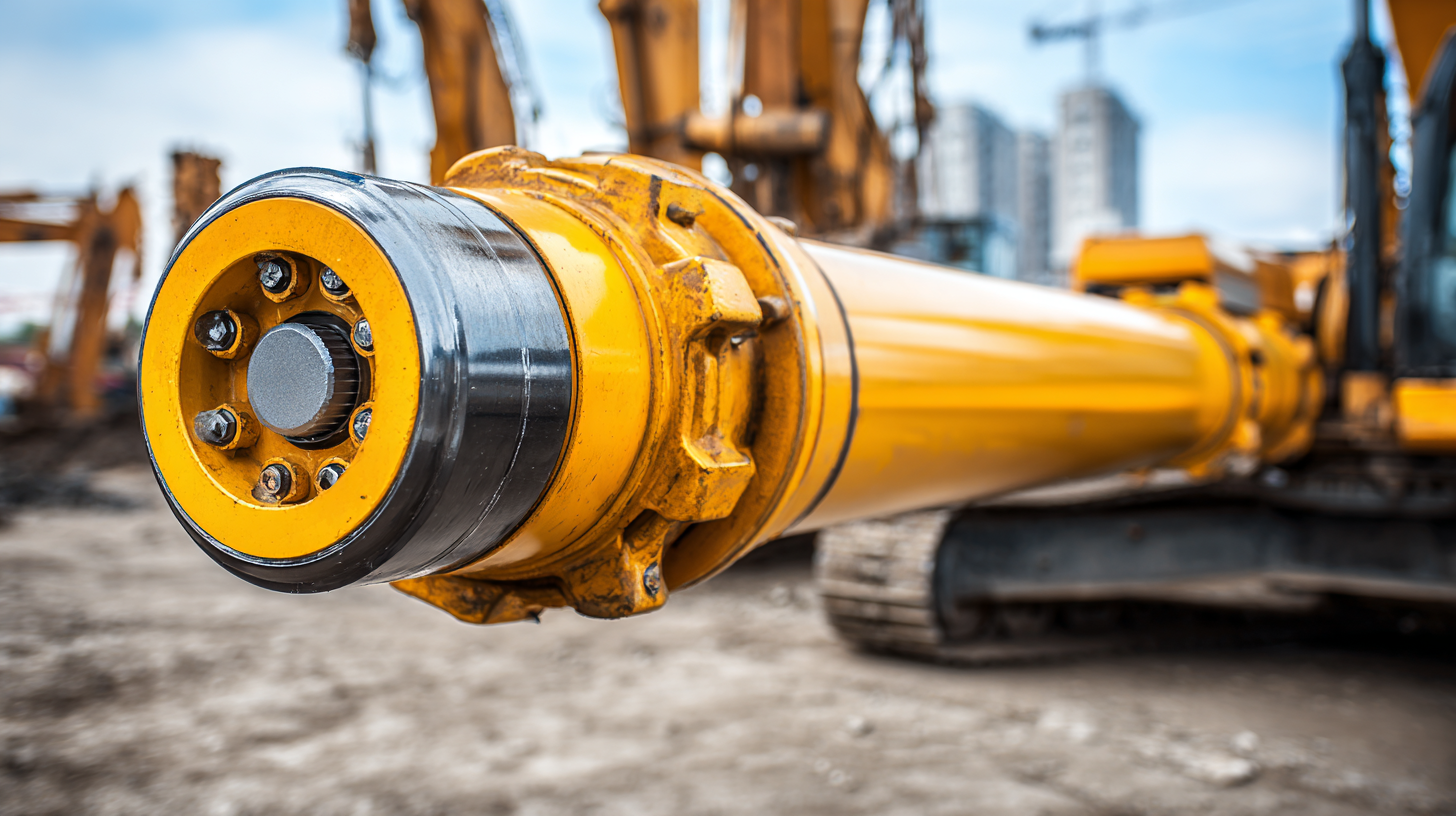
Understanding the Types of Hydraulic Cylinders for Excavators
When selecting the right hydraulic cylinder for your excavator, it is essential to understand the various types available, as each is designed to meet specific operational needs. The most common types include double-acting cylinders, which exert force in both extension and retraction, making them ideal for projects that require precise control over movement. These cylinders are prevalent in tasks like digging and lifting, where the operator needs to adjust the position dynamically.
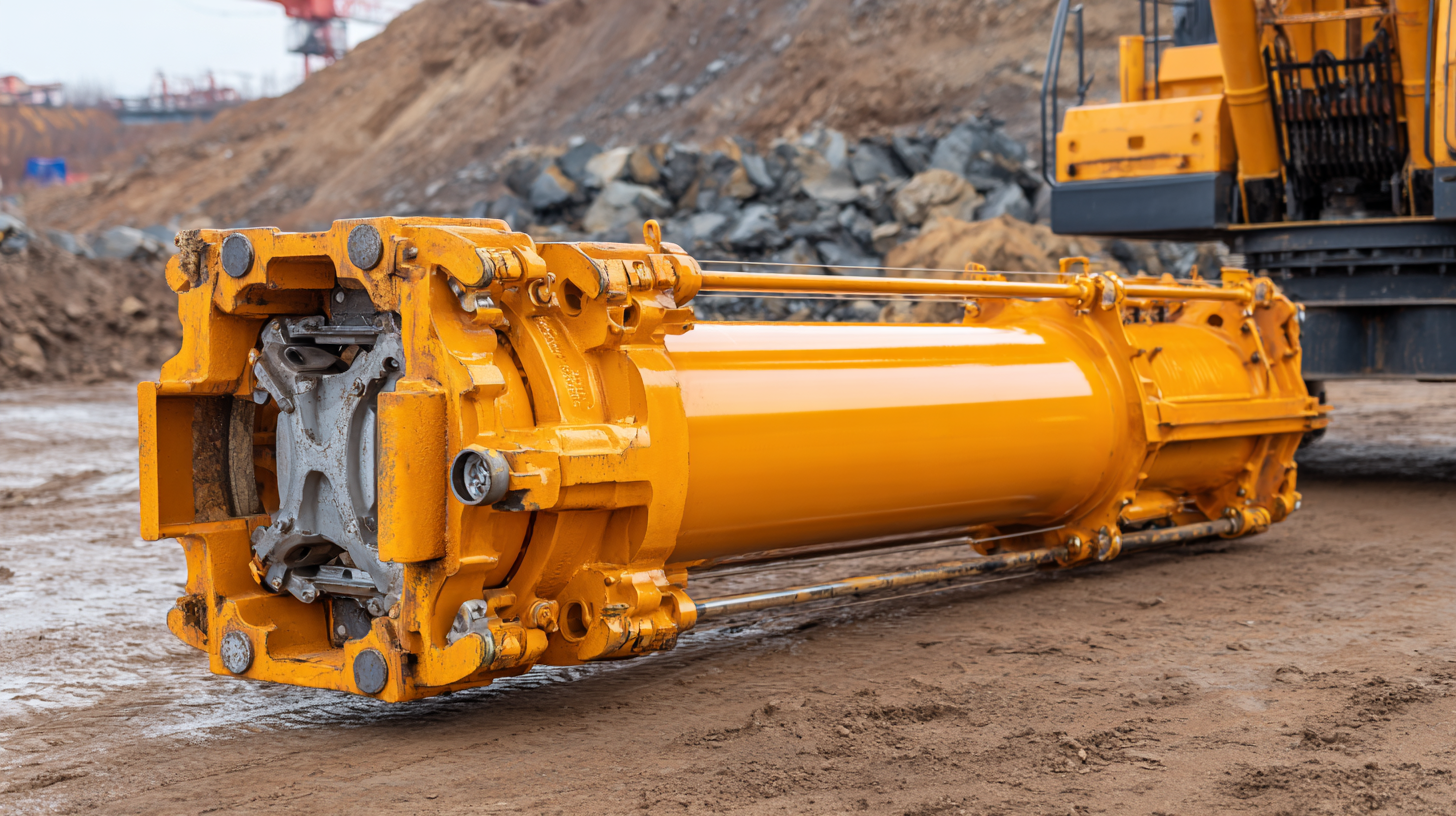
Additionally, there are single-acting cylinders that operate only in one direction, typically using a spring or gravity for retraction. These are often utilized in applications where space is constrained or where the load can be returned to its original position without a significant need for control during the return phase. Furthermore, specialized cylinders, such as tie-rod cylinders or welded cylinder types, may also be considered depending on factors like the working environment and required force. Understanding these types will empower operators to choose the most effective hydraulic cylinder tailored to their excavator's specific tasks.
Key Factors to Consider When Selecting Hydraulic Cylinders
When selecting hydraulic cylinders for your excavator needs, several key factors must be considered to ensure optimal performance and efficiency. First and foremost, it is crucial to evaluate the specifications of the hydraulic cylinder in relation to the excavator’s application. The size, stroke length, and operating pressure are vital parameters that determine the cylinder’s suitability. Ensuring compatibility with the excavator’s system can prevent potential issues such as loss of power or reduced efficiency during operation.
Another important aspect is the material and construction of the hydraulic cylinder. High-quality materials and robust design can enhance durability and resistance to wear and tear, particularly in harsh environments. It is also wise to consider factors such as the manufacturer’s reputation and after-sales support. Choosing a reliable brand can significantly affect the lifespan of the hydraulic cylinder and its performance during extensive use. Addressing these factors will lead to a more informed decision and ultimately enhance productivity in excavator operations.
Evaluating Cylinder Specifications for Optimal Performance
When selecting the right hydraulic cylinder for your excavator, evaluating the cylinder specifications is crucial for ensuring optimal performance. Key specifications such as stroke length, bore size, and rod diameter directly influence the cylinder's capacity to handle specific loads and operational efficiency. A thorough understanding of these dimensions allows for better matching with your excavation tasks, whether it's digging, lifting, or maneuvering in confined spaces.
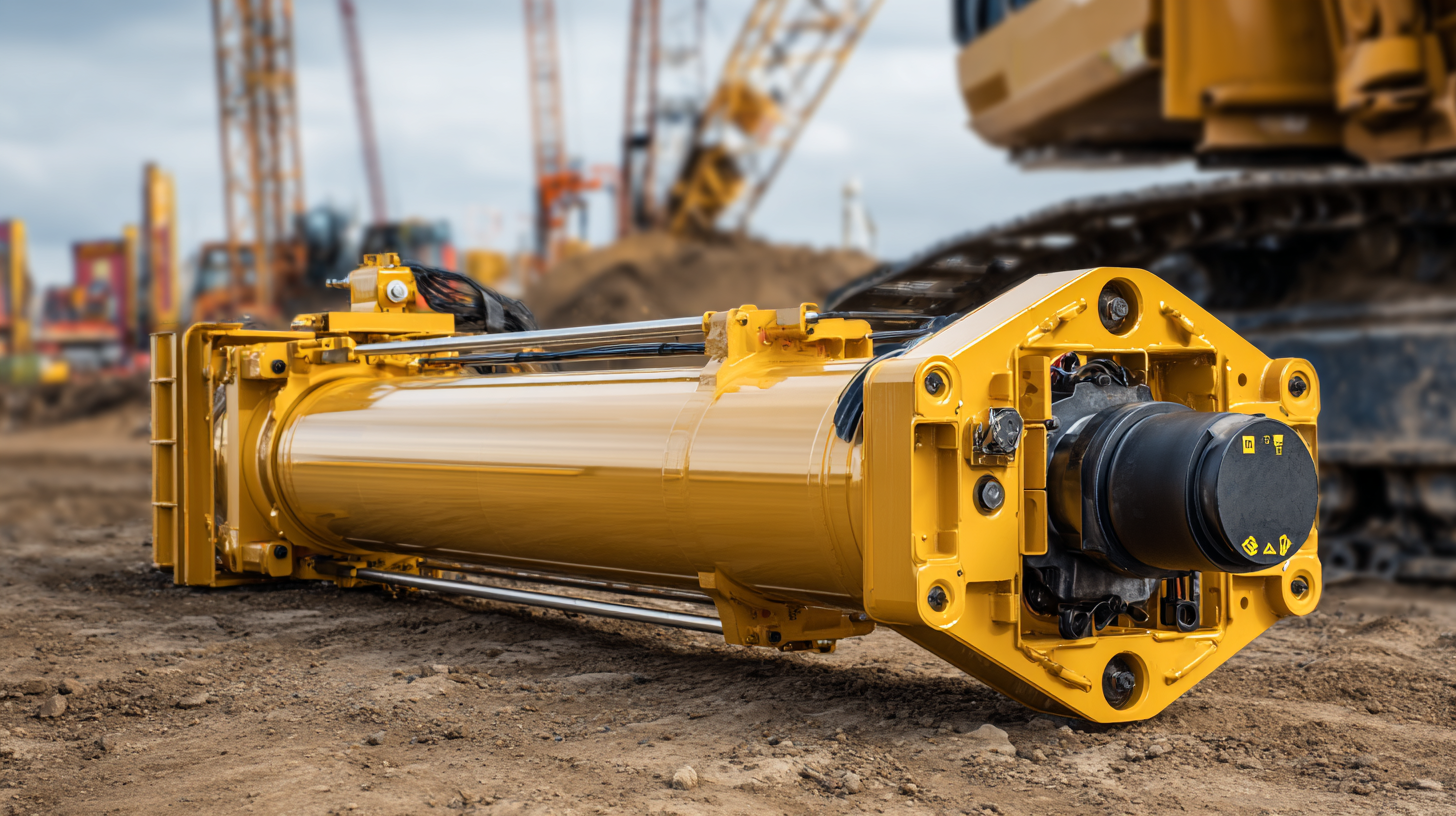
Moreover, it is essential to consider the sensitivity of the hydraulic cylinder to operating conditions. Just like how rib/channel dimensions in fluid dynamics can significantly affect efficiency, hydraulic cylinders can also be influenced by factors such as temperature, pressure fluctuations, and flow rates. These variables play a pivotal role in the performance of your excavator under varying site conditions. By carefully analyzing these specifications and operational parameters, you can ensure that your hydraulic system delivers the utmost power density and reliability required for demanding excavation jobs.
Maintenance Tips for Extending the Life of Your Hydraulic Cylinders
Maintaining hydraulic cylinders is crucial to ensuring the longevity and reliability of your excavator's performance. Regular inspections should be conducted to identify any signs of wear or damage. Look for leaks around the seals and the rod, as these can indicate that the cylinder is no longer performing efficiently. Additionally, check for any scratches or dents on the cylinder body, which could compromise its structural integrity.
Proper lubrication is another key aspect of maintaining hydraulic cylinders. Make sure to use the recommended hydraulic fluid and keep the fluid levels at an optimal state to prevent overheating and excessive wear. It’s also important to clean any debris off the hydraulic cylinder to avoid contaminants that could lead to premature failure. By implementing these maintenance tips, you can significantly extend the life of your hydraulic cylinders, ensuring your excavator remains operational and effective for years to come.
Common Mistakes to Avoid When Choosing Hydraulic Cylinders for Excavators
When selecting hydraulic cylinders for excavators, it's crucial to avoid common pitfalls that can significantly impact performance and efficiency. One of the most frequent mistakes is neglecting to assess the specific requirements of the excavator’s application. Each job demands particular force, speed, and stroke length, and failing to tailor the cylinder to these needs can result in reduced operational capacity and longevity of the equipment.
Another common error is not considering the quality and compatibility of the hydraulic cylinders with the existing system. Opting for cheaper alternatives without proper research can lead to compatibility issues and increased wear and tear. It's essential to verify that the cylinder's specifications match the hydraulic system's pressure and flow ratings. Additionally, overlooking maintenance considerations can also be detrimental; choosing cylinders that are difficult to maintain may increase downtime and operational costs in the long run. By focusing on these aspects, you can ensure more efficient and effective operation of your excavator.
Related Posts
-
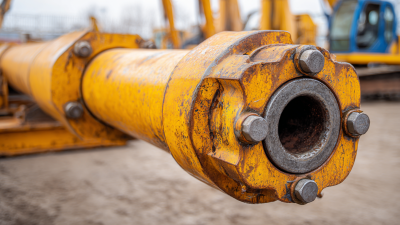
Ultimate Guide to Choosing the Right Hydraulic Cylinder for Excavators with Key Specs and Tips
-
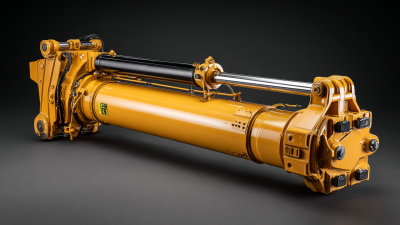
5 Reasons Why Our Best Excavator Hydraulic Cylinder Outperforms Competitors
-

7 Solid Reasons to Choose Hydraulic Oil Cylinders for Your Industrial Needs
-

Solving Common Issues with Hydraulic Cylinders for Excavators
-

Ultimate Guide to Understanding Hydraulic Cylinders for Excavators in Global Markets
-
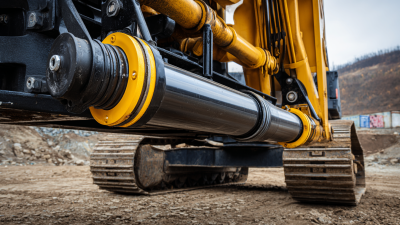
Understanding the Functionality of Excavator Hydraulic Cylinders
